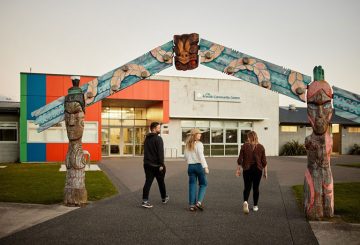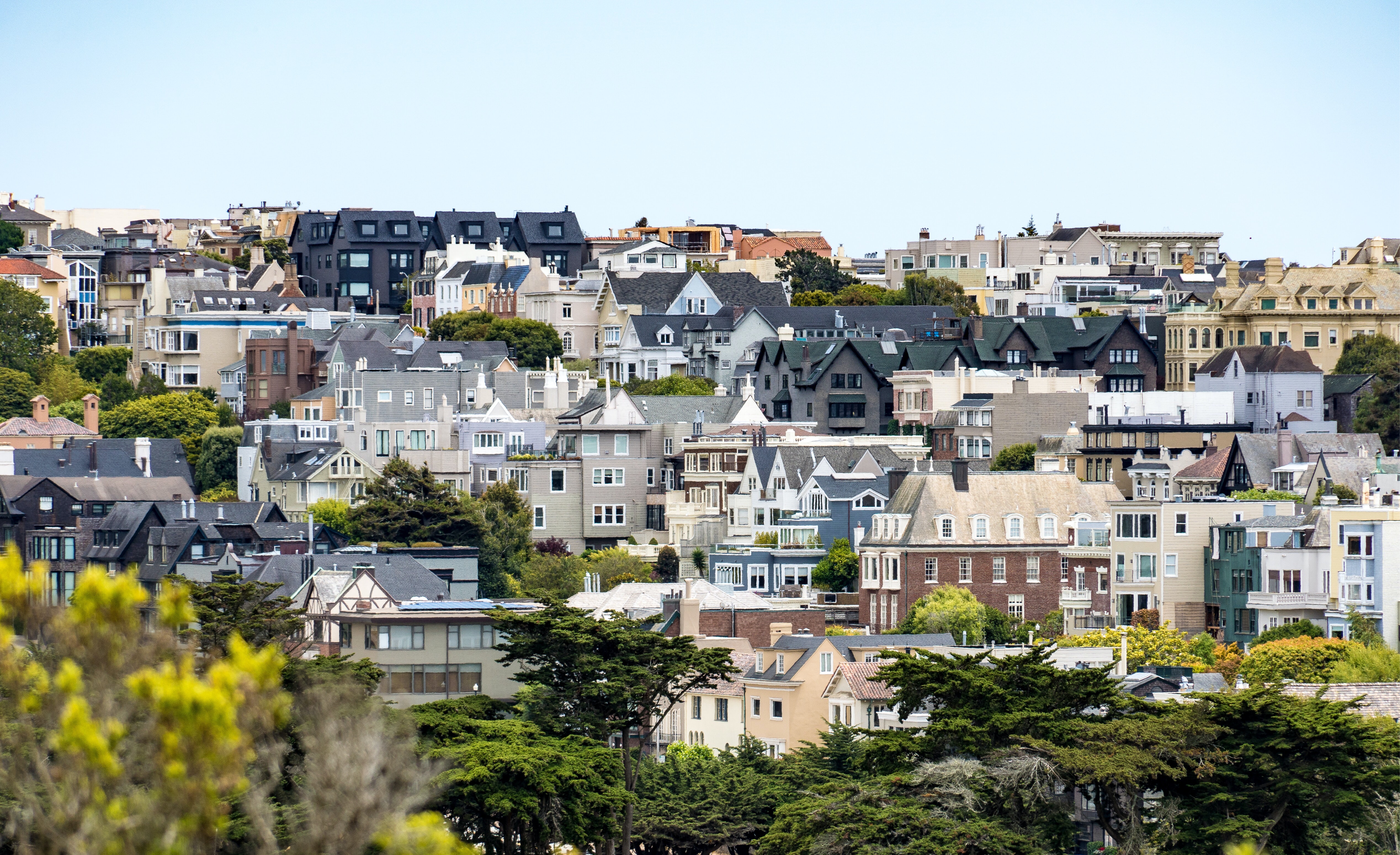Thị trường bất động sản New Zealand đang đối mặt với sự suy thoái khi Viện Bất động sản New Zealand (REINZ) báo cáo giảm doanh số bán hàng và giá cả. Theo dữ liệu được công bố bởi REINZ, 92 tài sản lối sống được bán ít hơn trong ba tháng kết thúc tháng 2 năm 2023 so với ba tháng kết thúc tháng 1 năm 2023, đại diện cho sự sụt giảm 8,3%. Tổng số doanh số bán bất động sản theo phong cách sống trong ba tháng kết thúc tháng 2 năm 2023 là 1.023, so với 1.754 cho cùng kỳ năm 2022, đánh dấu mức giảm đáng kể 41,7%.
Shane O’Brien, Phát ngôn viên nông thôn tại REINZ, giải thích rằng số lượng niêm yết ở hầu hết các khu vực thấp hơn so với các năm trước là nguyên nhân gây ra sự sụt giảm doanh số bán hàng. Ông nói thêm rằng nhân viên bán hàng đã ghi nhận người mua từ các khu vực bên ngoài thể hiện sự quan tâm đến bất động sản, khi người New Zealand tiếp tục nhìn ra ngoài khu vực của họ để cân bằng lối sống và thay đổi cam kết làm việc.
O’Brien cũng tuyên bố rằng sự gia tăng lãi suất gần đây chắc chắn đã ảnh hưởng đến quyết định của người mua, và sự chậm lại của thị trường dân cư có thể hạn chế nguồn người mua cho các tài sản phong cách sống trong ngắn hạn. Giá trung bình cho tất cả các tài sản phong cách sống được bán trong ba tháng đến tháng 2 năm 2023 là $949,000, cao hơn 81.000 USD so với cùng kỳ năm 2022. Tuy nhiên, giá trung bình cho bất động sản lối sống đất trống bán ra là 400.000 USD, cao hơn 80.000 USD so với ba tháng kết thúc tháng 2 năm 2022.
Báo cáo REINZ nhấn mạnh rằng sự chậm lại của doanh số bán bất động sản lối sống không phải là bất ngờ trong một năm bầu cử, càng trầm trọng hơn bởi sự chậm lại chung của nền kinh tế, ảnh hưởng đến niềm tin của người mua trong thời gian không chắc chắn. Tuy nhiên, có những dấu hiệu tích cực ở đầu thị trường ở nhiều lĩnh vực, với một số khu vực ghi nhận doanh số tăng so với ba tháng đến tháng 1 năm 2023.
Các khu vực ghi nhận doanh số giảm lớn nhất trong ba tháng đến tháng 2 năm 2023 so với cùng kỳ năm 2022 là Auckland và Waikato, cả hai đều giảm 118 doanh số. Ngược lại, Nelson/Marlborough và Taranaki đã quan sát thấy mức giảm nhỏ nhất, với sự suy giảm lần lượt là 23 và 24 doanh số. Trong khi đó, hai khu vực chứng kiến giá trung bình của các khối lối sống tăng giữa ba tháng kết thúc tháng 2 năm 2022 và ba tháng kết thúc tháng 2 năm 2023. Taranaki và Southland tăng mạnh nhất lần lượt là 24,6% và 12,1%.
Số ngày trung bình để bán cho tài sản lối sống là 59 ngày trong ba tháng kết thúc tháng 2 năm 2023, nhiều hơn 19 ngày so với cùng kỳ năm 2022. West Coast ghi nhận số ngày để bán ngắn nhất, với 43 ngày, trong khi Bay of Plenty ghi nhận số ngày để bán dài nhất, với 80 ngày.






























































